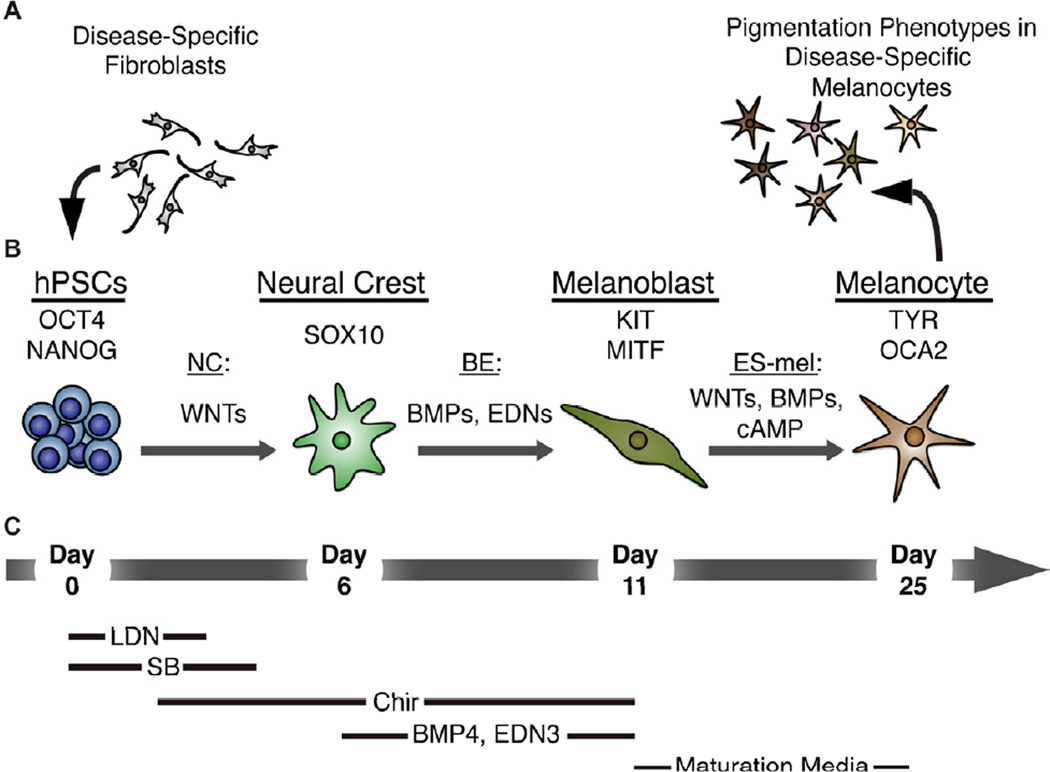Figure 7. Disease-specific melanocytes that faithfully recapitulate pigmentation defects can be derived from human pluripotent stem cells using a stepwise differentiation paradigm.
(A) Disease specific fibroblasts from HP- and CH- donors were reprogrammed to establish hPSCs. (B) Exposure of Oct4 and Nanog expressing hPSCs to the WNT-activating NC protocol resulted in the emergence of a Sox10-positive NC population by day 6. Subsequent additional treatment with BMP4 and EDN3 (BE) skewed the specification along the melanocytic lineage to allow for the establishment of a melanoblast progenitor population expressing KIT and MITF at day 11. Further maturation under ES-melanocyte (ES-mel) conditions in the presence of WNTs, BMP4, and cAMP supported the induction of late melanocyte markers tyrosinase (TYR) and oculocutaneous albinism II (OCA2). Mature melanocytes were used to model the disease-specific pigmentation defects of HP and CH. (C) Growth conditions supporting each stage of differentiation are summarized below.

